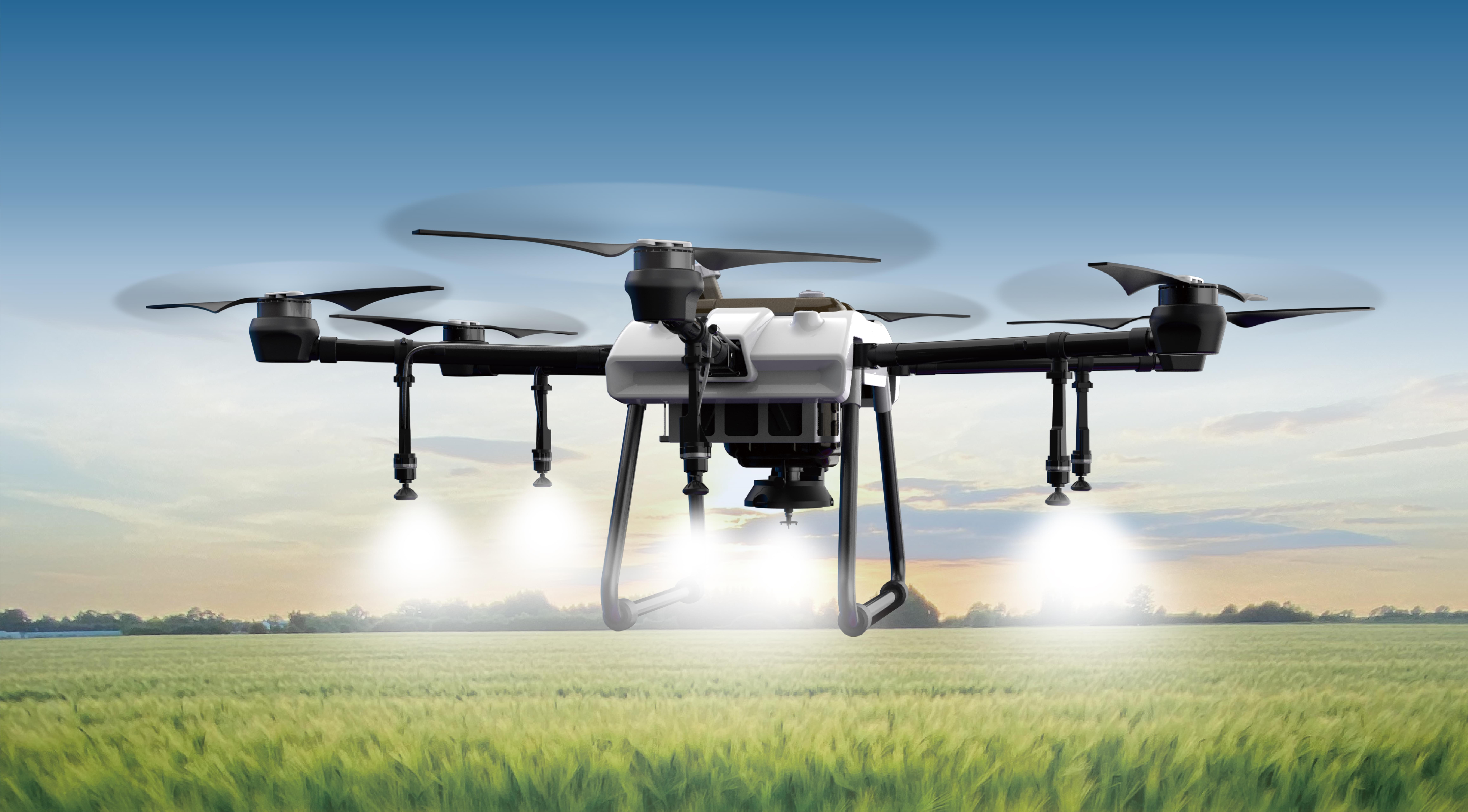Imagine this: you're building a sleek robot, and you want it to move with precision, to respond smoothly to your commands. That's where the power of a good servo motor comes in. The KPOWER Power Functions Servo Motor isn’t just a tiny piece of hardware; it’s the heart of a more intelligent, more responsive machine.

You start to wonder, how does programming actually work? Well, picture this — it’s like giving your robot a set of instructions that it can follow almost instinctively. The beauty is, programming with this servo is surprisingly straightforward yet incredibly flexible. Whether you're tweaking the sweeping arm of a robotic arm or controlling the steering of a mini race car, this motor can handle it.
What makes it more appealing? It's the balance between power and finesse. You get enough torque to handle weighty tasks but with enough finesse to make movements smooth and accurate. This isn’t a big, clunky servo that jerks around; it’s designed for precision, controlled by your custom code. You might set it to rotate exactly 90 degrees, or to respond dynamically to sensor inputs — whatever the project needs.
But here’s a thought — is it complicated to program? The answer is, not at all. Most folks who dive into it find the process to be quite intuitive. Hook it up to your control system, load the code, and watch as your creation comes alive. It’s like turning the lights on in a dark room—suddenly everything makes sense. Plus, there's plenty of community support, tutorials, and example codes to get you started. No need to reinvent the wheel.
Here's a quick peek: when you want to control the servo, you send a PWM signal — pulse-width modulation. Sounds fancy, but what it really means is giving it a certain kind of digital nudge to tell it where to stop. It’s fascinating how a simple pulse can translate into precise movement. The motor’s internal gear train ensures that the signal translates into smooth, reliable motion.
Sometimes, the questions pop up—how fast does it respond? Well, response times are quick, making it perfect for projects that need real-time adjustments. Power efficiency? It’s optimized for extended use, so your robots can keep going without fuss. Imagine designing a robotic arm that works tirelessly, moving perfectly in sync with your program, all thanks to this smart motor.
Thinking about limitations, some might worry about compatibility. But let’s clarify: it plays nicely with most control boards, like Arduino or other microcontroller platforms. That’s what makes it so versatile — whether you're creating a drone, a robotic hand, or an autonomous vehicle, this servo can handle it.
In a nutshell, it isn’t just about bending metal or turning wheels. It’s about turning your ideas into motion, with reliability and precision. If you're looking to push your projects further, investing in a servo motor like this adds that extra layer of control and sophistication. It’s not just hardware—it's a game changer for anyone serious about robotics.
Established in 2005, Kpower has been dedicated to a professional compact motion unit manufacturer, headquartered in Dongguan, Guangdong Province, China. Leveraging innovations in modular drive technology, Kpower integrates high-performance motors, precision reducers, and multi-protocol control systems to provide efficient and customized smart drive system solutions. Kpower has delivered professional drive system solutions to over 500 enterprise clients globally with products covering various fields such as Smart Home Systems, Automatic Electronics, Robotics, Precision Agriculture, Drones, and Industrial Automation.




































